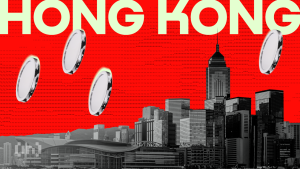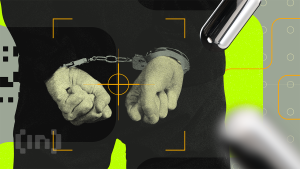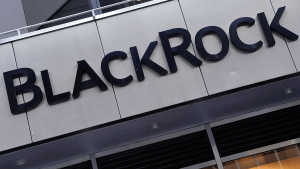Could Crypto Markets Rally as Midterms Bring Student-Debt Forgiveness?

With the U.S. midterm on the horizon, politicians, including Joe Biden, are targeting younger voters through a recently announced student loan debt-forgiveness plan that could free up cash for crypto investments.
The new plan echoes Senator Elizabeth Warren’s (D-MA) calls leading up to the 2020 election when she and Bernie Sanders (I-VT) offered to forgive $1.6 trillion in student loan debt. This plan drew concerns about the debt burden it would place on the U.S. government and whether the increased disposable income would contribute to economic growth or be funneled into non-essential expenses like cryptocurrencies.
While the pandemic took an economic toll, it brought consumer spending habits into sharp focus.
As governments globally scrambled to put together relief packages during the pandemic, many chose to invest their stimulus checks in cryptocurrencies, driving up the prices of the two largest cryptocurrencies, bitcoin, and Ethereum, to all-time highs in November last year.
Can we expect a similar rally in crypto markets with a new macro factor entering the fray? Let’s see.
Three part plan
On Aug. 24, 2022, the White House released a fact sheet announcing President Joe Biden’s latest midterm play — a three-part student loan forgiveness plan.
Firstly, under the new plan, the education department will provide up to $20,000 in debt cancellation to recipients of the Pell Grant, a financial-aid program. Non-Pell Grant recipients could receive up to $10,000. To qualify for the relief, the individual’s income must not exceed $125,000 a year or $250,000 a year for married couples. There will also be a pause on student loan repayments until Dec. 31, 2022.
Secondly, specific low-income individuals will be exempt from payments, and the maximum repayment for undergraduate loans will be capped at 5% of an individual’s income. These would reduce the annual repayments by $1,400 for a construction worker earning $38,000, $1,700 for a single public school teacher making $44,000 a year, and $2,800 for a nurse with two children earning $77,000 a year.
Those who have served in the military or government will also be credited.
The bull case for crypto
What does all this mean? Savings from student loan debt are unlikely to introduce inflationary pressures on the U.S. economy as pandemic-era stimulus checks did. Savings will likely result in a trickle of disposable cash into vulnerable households, where they could be used to boost the economy through real estate down-payments and new businesses.
But there is a bull case to be made for crypto. Loan forgiveness plans risk jeopardizing constitutionally-secured contracts between private parties, setting a precedent that renders them ineffective for future agreements. This may be a difficult pill to swallow, especially for traditional financial institutions.
Institutional interest is growing with Coinbase’s recent partnership with BlackRock, U.K. investment group Abrdn’s recent purchase of crypto exchange Archax, and the launch of a crypto-linked exchange-traded fund by Charles Schwab.
Hedge-fund billionaire and former White House Communications Director Anthony Scaramucci said that SkyBridge Capital, the firm he heads, did not give up any of its positions during the recent crypto market downturn.
Moves like these could lend credence to the digital asset sector, reducing perceived risk for the retail investor and encouraging crypto investment.
Disclaimer
All the information contained on our website is published in good faith and for general information purposes only. Any action the reader takes upon the information found on our website is strictly at their own risk.













